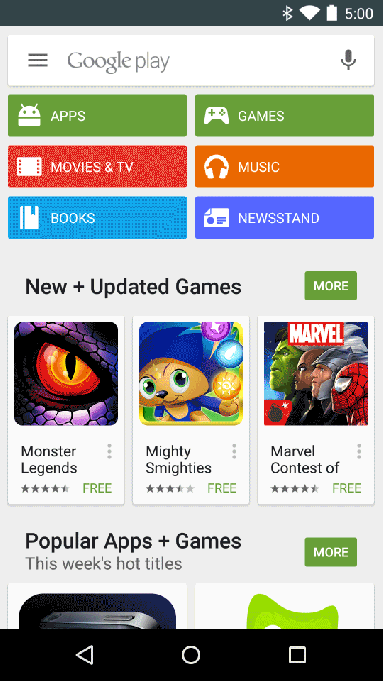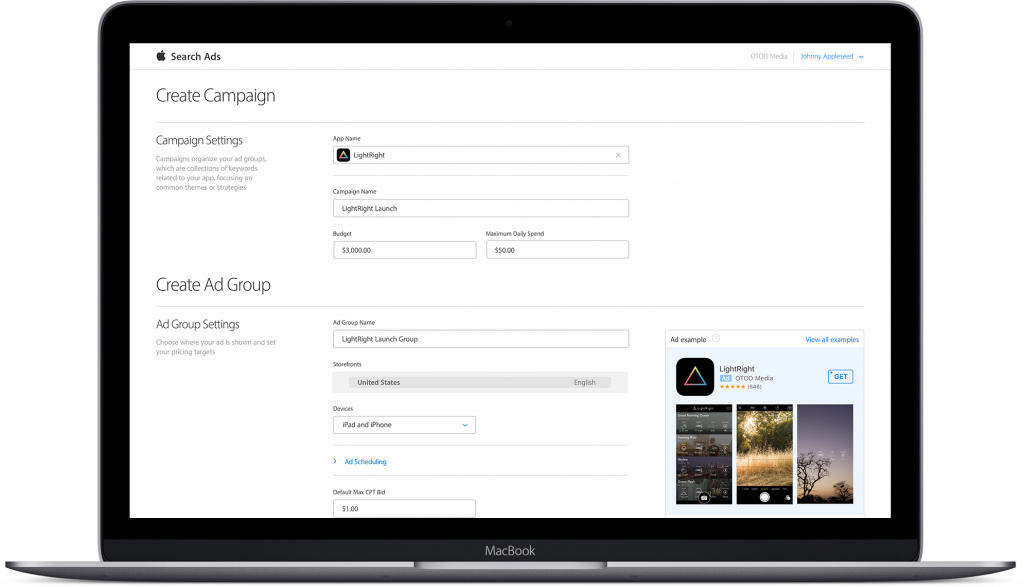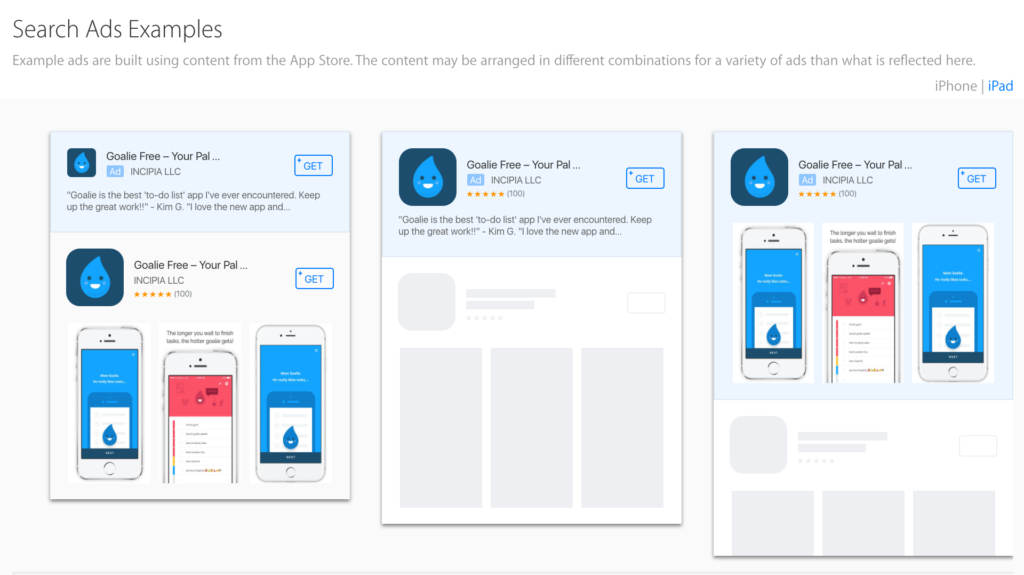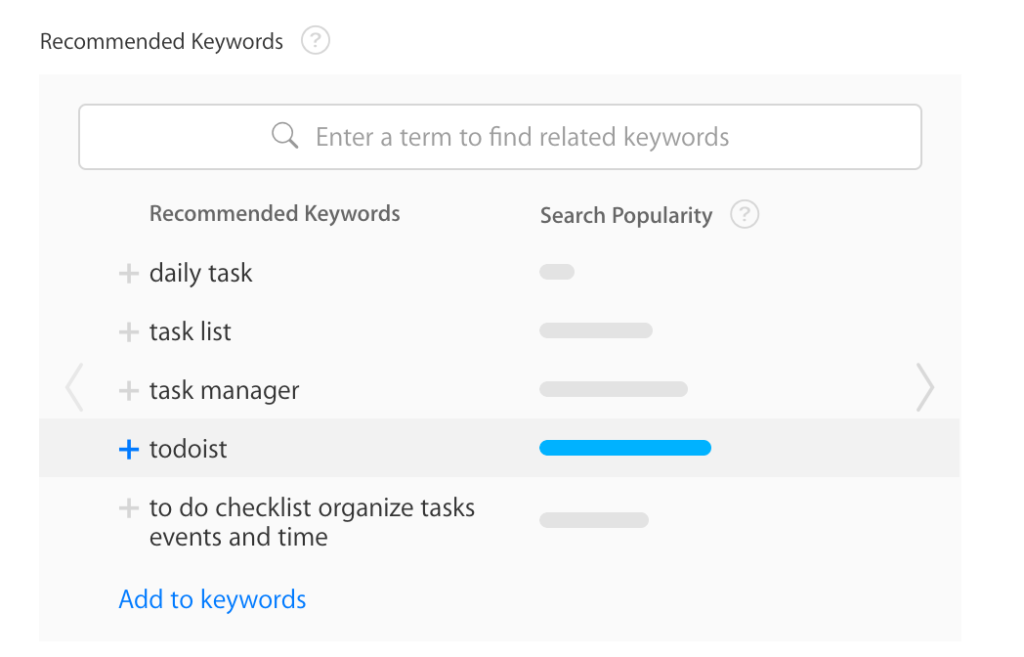
This is a guest blog post by mobile app development company Yalantis.
Experienced entrepreneurs know that app development can be a painful and time-consuming process. But developing an app is only half the fun; getting your app discovered requires a lot of sustained effort and hard work.
People may find out about your app in numerous ways: reviews, commercial websites, your own website, TV, even radio, and, of course, word of mouth. Your app may be featured on lists of tops apps or even spotted in the “featured” section on an app store if it achieves an impressive number of downloads and positive feedback. Of course, users can also find your app by browsing through categories on app stores. However, 65-85 percent of all app installs happen after a search either on the Google Play Store or Apple’s app store.
These figures prove that app store search is still the primary way that users find apps. So publishers who want their apps to be noticed must first win at search. App store optimization (ASO) can help here. But ASO may be challenging considering that stores are now crowded with hundreds of millions of similar applications that use similar keywords and strategies to target their potential users.
Indeed, the problem of app overpopulation appears serious. That’s why IT giants have started investing in new ways of helping developers to enhance their product visibility.
More than a year after Google’s search ads rollout, Apple opened up its own search ads on the App Store aimed at providing better app discoverability options to iOS developers and marketers on the platform. What are these ‘search ads’ all about? How will they help both Apple and iOS developers? Let’s find out.
Why search ads on the app store?
The reasons why Apple decided to venture into the search advertising business seem quite logical:
Reason #1 – The opportunity to help indie developers
There are already more than 1.5 million apps on the Apple app store, which makes it increasingly difficult for the great majority of apps to be found on the first page of app store search results. This may eventually discourage developers from building new iOS apps or pinning their hopes on the app distribution platform.
Search ads are meant to solve this problem, giving lesser-known applications an opportunity to fight for their place in the sun (think: being number one on the search results page). How? We’ll discuss that a bit later.
Reason #2 – The need to rescue the app store
Even though Apple’s app store generates less than 2% of the company’s revenue, the value it creates for Apple’s hardware is immeasurable. Would Apple sell as many devices if there was a dead end to its app store? Probably not. So there’s a strong need for the company to support a constant interaction between app publishers and users on the platform.
To survive, Apple has to work hard to provide an endless flow of new developers, who, in turn, will provide an endless flow of new apps (and new users). Search ads can help match users’ interests with what developers can offer.
Reason #3 – One more move in the Apple-Google competition
As we already said, Android developers have been using Search ads on the Google Play Store since spring 2015.
Google search ads are the company’s way of allowing developers who are already running search app install campaigns on AdWords to advertise their products within the Play Store’s search results. That’s to say, these ads won’t be randomly shown in Google Play’s sections such as Top Charts or categories; a search ad featuring your application only appears at the top of ranked search results and looks exactly like any other result except for one little difference – it will be marked with a small yellow tag saying “Ad.”

Image credit: TechCrunch
According to Google, its new program makes it possible for app publishers to reach an audience of over one billion Android users in more than 190 countries; so developers can increase their app’s chances of being discovered.
Early testers to the program, such as game development company Nordeus, saw a significant increase in app installs from search at the early stages of their advertising campaigns. Tomislav Mihajlović – the CMO at Nordeus – mentioned that search ads allow them to reach “high-quality users.”
What Mihajlović means is that users who type a specific term in search are more likely to install your product than those who were sent to your product through an in-app ad or via social network advertising campaigns.
In addition to its new app discoverability feature, Google also presented a new conversion tracking tool that measures when a user first opens an app they installed after tapping on an ad.
In late 2015, Google presented another program called Universal App Campaigns, allowing advertisers to promote their apps across different Google properties (the AdMob in-app network, YouTube, Search, and others) including Google Play’s search.
Considering all these improvements to the Google Play Store, it was high time for Apple to come up with a similar (or maybe better) solution for better app visibility on the App Store. So let’s see what Apple offers now to promote your app.
How do Apple search ads work?
Fees
Search ads are available via an auction system (the second-price auction), which means that app publishers can bid to make their products appear in the first position of search results when a user searches for apps by a particular keyword or phrase.

Image credit: iDownloadBlog
Developers or marketers have to determine a maximum daily spend cap and an overall campaign budget (as much or as little as you like) but will only pay on a cost-per-tap basis. The maximum daily spend cap makes for greater control over your expenses, since your advertisements will simply stop showing for the day once you’ve reached your daily limit. However, they will restart the next day – until your general campaign budget is depleted.
To incentivize developer to try out the new search ads program, Apple now offers developers a $100 credit towards their first round of advertising.
Ad relevance and user experience
To prevent the most popular applications with generous marketing budgets from manipulating the system, Apple has also come up with a tricky relevance algorithm that will only display advertisements corresponding to a user’s search term. So an ad won’t be shown in the ad spot if it’s not relevant to what a user was looking for, no matter how much money a developer is willing to pay for it.
To prove that user experience is more important for Apple than the amount of money you’re willing to bid, the company declares that it will stop showing your ad if users find it unappealing and don’t click on it.
Ad appearance
Ads are displayed at the top of app store search results and are highlighted in blue. It’s also assumed that there will only be one ad per search.

Image credit: Incipia
Search ads are generated using metadata and imagery provided by a developer when submitting an app to the App Store for the first time, meaning that if you want to change your ad’s appearance, you’ll have to update your actual app name, description, screenshots, and video. This is one more attempt by Apple to control the quality and relevance of ads.
Ad customization, advanced keyword generation, and smart analytics

Image credit: Incipia
Even though your ads are shown to both iPhone and iPad users by default, you can choose to display your ad on only one device type if needed. You can also define whether your ad will be displayed to everyone or just to a circle of devoted users. It’s possible to refine your audience by age, gender, or location. You can also schedule your ads to appear on exact dates, weeks, or even hours. And, of course, there are analytics to help you get insights on how your campaigns are doing.
Search ads also provide a keyword suggestion tool with keyword popularity indices to help determine the most effective keywords to promote your app. This is a useful feature for marketers because it can suggest what keywords they should focus on to improve their app store optimization. This may even be the single best reason to try out search ads for your next app store marketing campaign.
Data privacy and censorship
Unlike Google, Apple doesn’t use any user data to serve search ads. Apple claims that their service doesn’t profile users based on their previous search queries or data from other Apple Apps such as Health, Apple Pay, and HomeKit.
What’s more, ads won’t be exposed to users 13 or under, or to those with e so-called Managed Apple IDs.
Using search ads in your campaigns
Will search ads solve the problem of app overpopulation on the app store? Will Apple eventually manage to provide a better app discoverability solution than Google offers? These questions remain open. But considering all the great stuff search ads provide, you have nothing to lose by trying them out when you run your next advertising campaign.
Author
Becky is the Senior Content Marketing Manager at TUNE. Before TUNE, she handled content strategy and marketing communications at several tech startups in the Bay Area. Becky received her bachelor's degree in English from Wake Forest University. After a decade in San Francisco and Seattle, she has returned home to Charleston, SC, where you can find her strolling through Hampton Park with her pup and enjoying the simple things in life.




Leave a Reply
You must be logged in to post a comment.